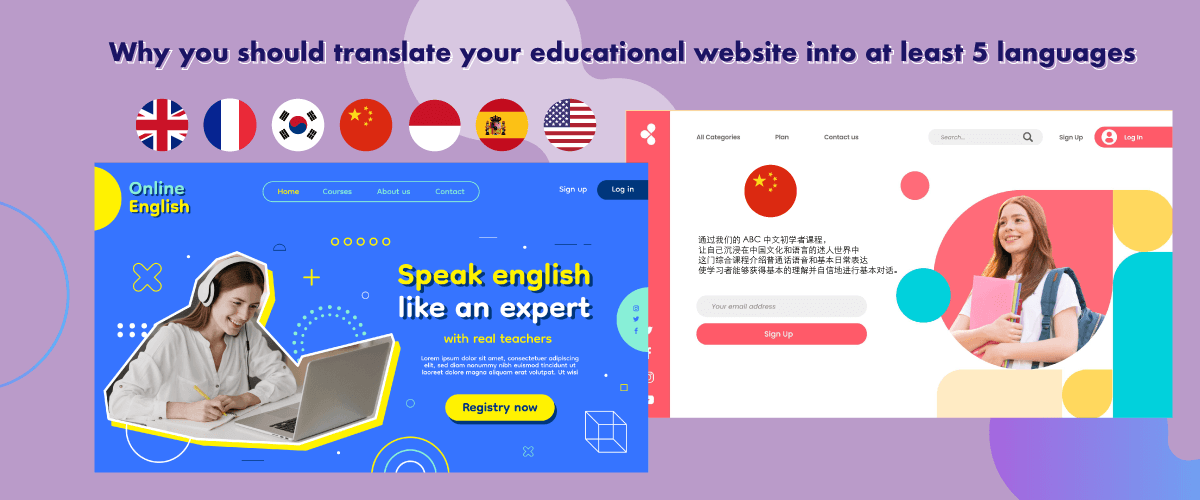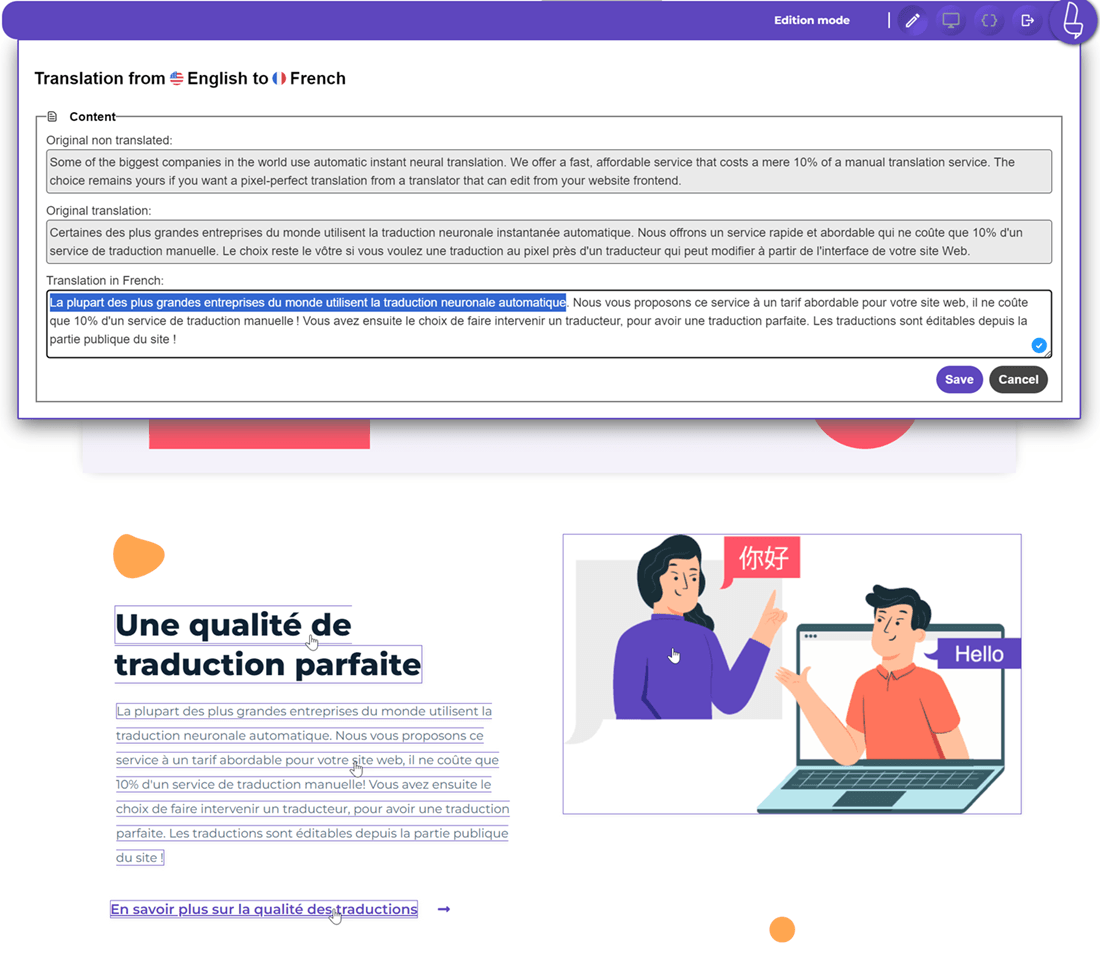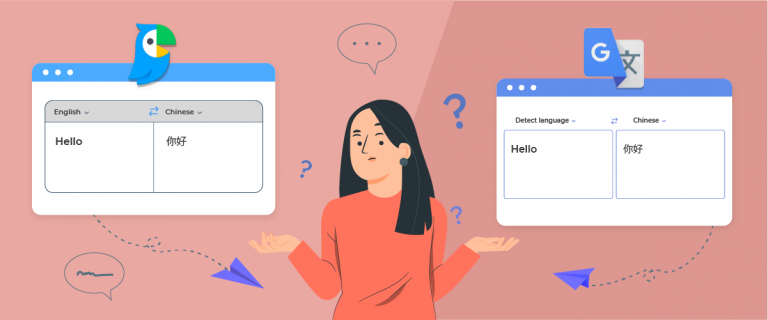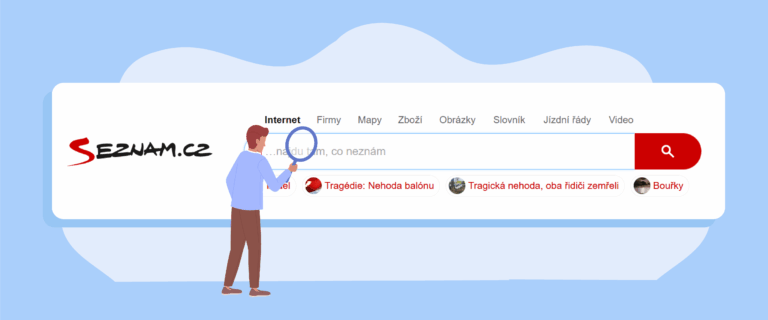Educational websites have revolutionized the way we learn, breaking down barriers of time and distance. With the click of a button, students can access a vast array of resources, courses, and educational materials. However, with such a diverse global audience, it is crucial to recognize the importance of translating educational websites into multiple languages.
In this article, we will explore the reasons why you should translate your educational website into at least 5 languages.
Expanding your reach
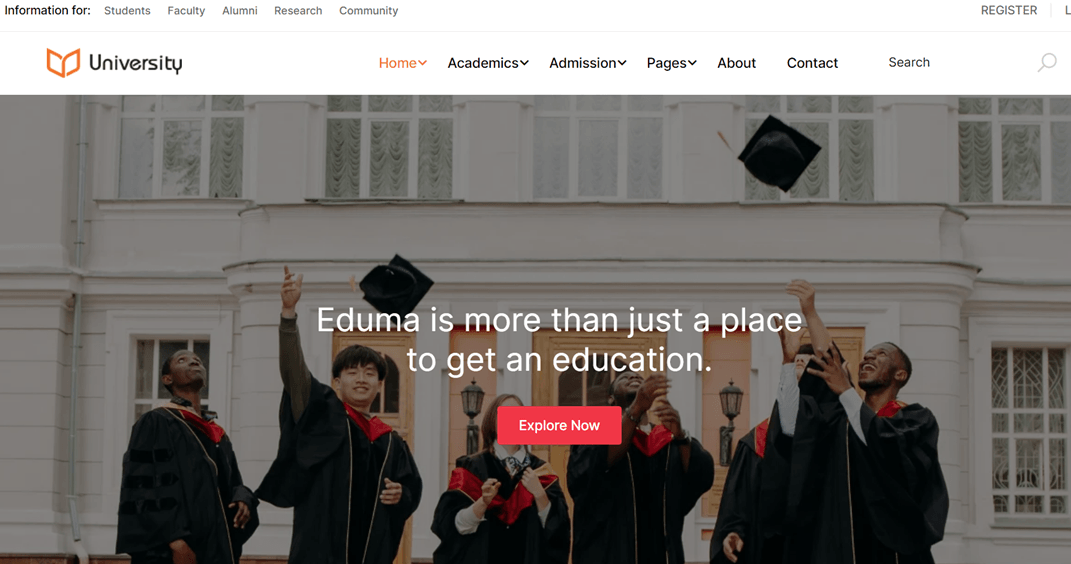
Translating your educational website into multiple languages allows you to reach a broader audience. English may be a widely spoken language, but it is not the first language for many people around the world. By providing content in various languages, you are enabling non-English speakers to access your educational materials, courses, and resources. This expands your reach and increases the potential number of students who can benefit from your website.
Enhancing inclusivity
Inclusivity is a key principle in education. By translating your educational website into multiple languages, you are promoting inclusivity and making education accessible to individuals from diverse linguistic backgrounds. Language barriers can often be a significant obstacle for non-native English speakers, limiting their access to educational opportunities. By offering translations, you break down these barriers and create a more inclusive learning environment.
Facilitating learning for non-native English speakers

While English is a widely spoken language, it does not mean that everyone is proficient in it. Many non-native English speakers might have a basic understanding of the language but may struggle with complex educational content. By translating your website, you provide non-native English speakers with the opportunity to learn in their native language. This facilitates better comprehension and ensures that language proficiency does not hinder their educational progress.
Meeting the needs of international students
Educational institutions often attract students from around the world. These international students may come from diverse linguistic backgrounds, and offering translations of your educational website demonstrates your commitment to meeting their needs.
It helps them navigate the website more effectively, understand course requirements, and engage with the material in a way that aligns with their language abilities. This fosters a supportive environment and enhances the overall learning experience for international students.
Boosting SEO and visibility
Translating your educational website into multiple languages can significantly boost your search engine optimization (SEO) efforts. When you provide content in different languages, you increase the likelihood of appearing in search results conducted in those languages.
This, in turn, drives more organic traffic to your website and increases your visibility among potential students and educators worldwide. It allows you to tap into new markets and establish your brand as a global educational resource.
Demonstrating cultural sensitivity
Translating your educational website into multiple languages demonstrates cultural sensitivity and respect for diversity. It indicates that you value different languages and cultures and that you are willing to accommodate the needs of your global audience.
This approach fosters goodwill and helps build positive relationships with individuals and communities around the world. It positions your institution as an inclusive and culturally aware educational provider.
Encouraging collaboration and knowledge exchange
By translating your educational website into multiple languages, you encourage collaboration and knowledge exchange among students and educators from different countries. It facilitates international partnerships, joint research projects, and the sharing of educational practices. A multilingual platform fosters a global community of learners, enabling cross-cultural dialogue and creating opportunities for innovative learning experiences.
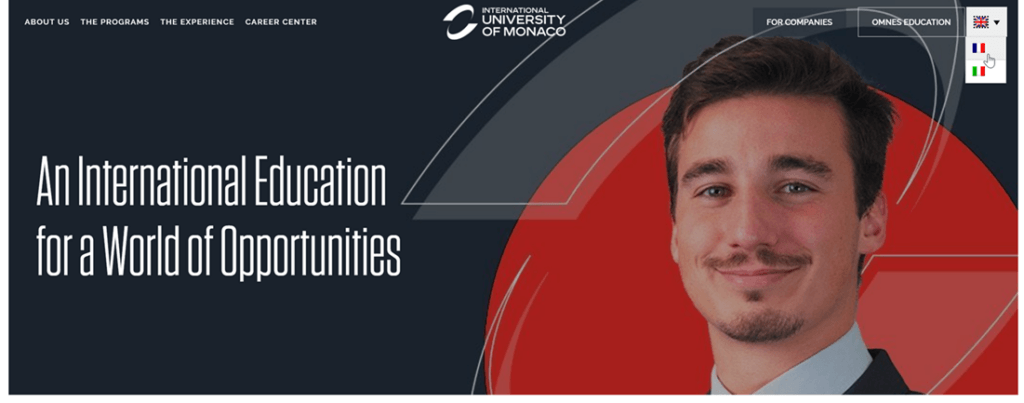
Gaining a competitive edge
In a competitive educational landscape, setting yourself apart from others is essential. Translating your educational website into multiple languages gives you a competitive edge by offering a unique value proposition.
It shows potential students and educators that you are committed to providing an exceptional learning experience tailored to their needs. This can attract new students, increase enrollment rates, and enhance your institution’s reputation both locally and internationally.
Translating your educational website into multiple languages is a strategic decision that can yield numerous benefits. It expands your reach, enhances inclusivity, facilitates learning for non-native English speakers, meets the needs of international students, boosts SEO, demonstrates cultural sensitivity, encourages collaboration, and gives you a competitive edge.
By embracing linguistic diversity, you create an environment where education knows no boundaries, and every learner has equal opportunities to thrive.
Translate your educational website into 5 languages with Linguise
Up here, you already understand why educational websites need to be translated into at least five different languages. To translate an educational website, you need a third-party service to help translate your site automatically into multiple languages quickly.
For you WordPress and other CMS users like Joomla, Drupal, or others, there are lots of free multilingual plugins that you can use. Linguise is one of the services that you can find on WordPress and use it for free with a one month time limit.
With the AI translation used, Linguise is able to translate content so that it is similar to human translation. So that users will have no difficulty understanding your multilingual educational website.
Then why should you use Linguise to translate educational websites? Here are some problems.
Translate up to 85 languages
The first reason why you need to translate using Linguise is because we provide up to 85 languages and more than 10 thousand language pairs, this will certainly develop over time. With so many language choices, you can adjust which language is often used by site users or your students.
These 85 languages do not only consist of international languages but traditional languages such as Mandarin, how very complete, right? Apart from that, with a free trial version or a subscription, you are free to add as many languages as you want. There is also a feature to set the language list display.
SEO multilingual optimization
Linguise is a service that really absorbs SEO support, with Linguise your translation will automatically be optimized.
This service has been tested by all webmaster tools and the result is fully Linguise translation fast and easy to index. Not only that, Linguise also generates XML sitemaps based on your main site; therefore search engine bots will automatically perform crawling and indexing.
Below are some multilingual SEO points implemented by Linguise.
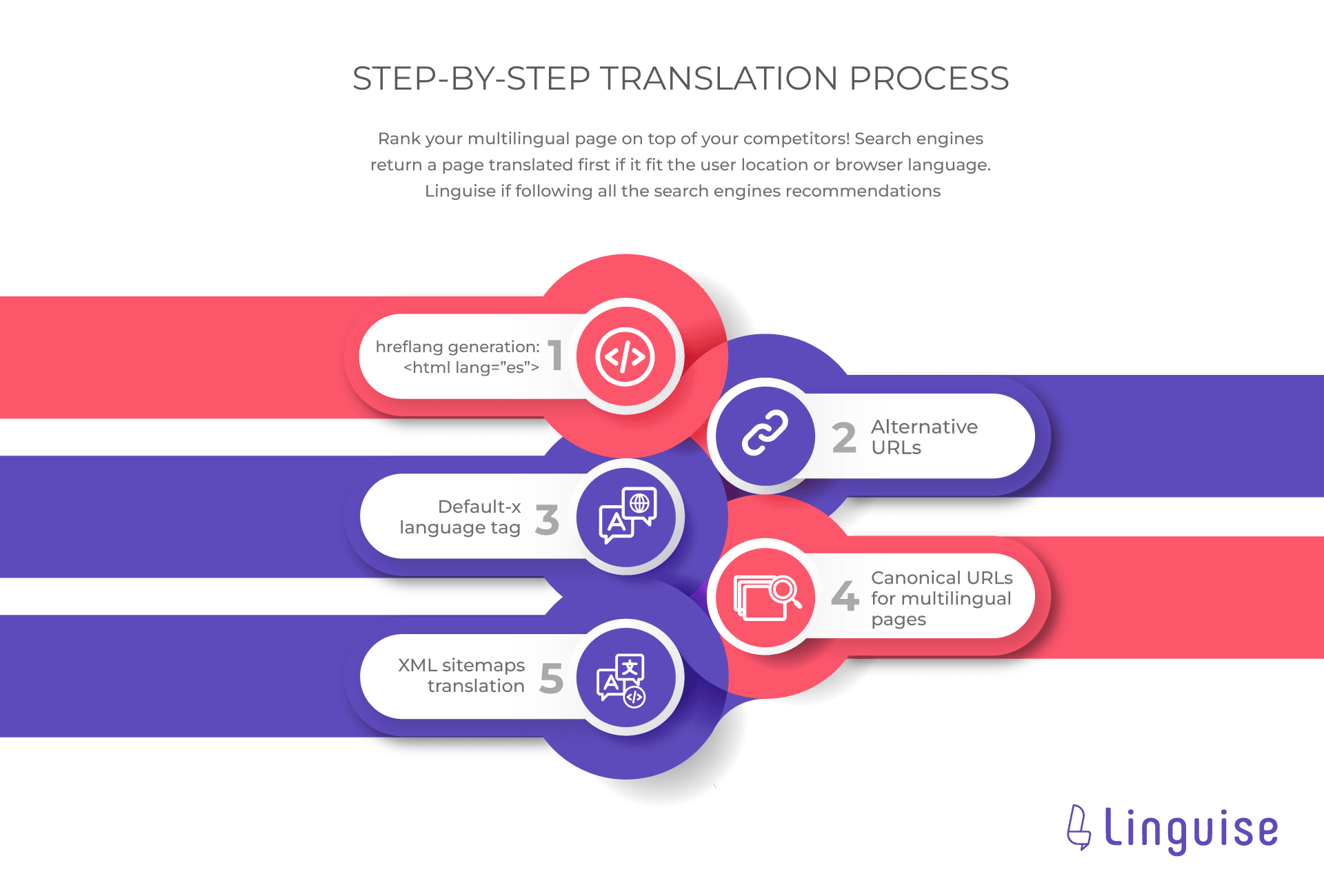
Some of the points above include:
- Hreflang tag: used to inform search engines and browsers that the same web page is available in different language versions or localizations.
- Alternate URL: version of the same web page in a different language or localization.
- Default language tag: the version of the web page that is considered the default or primary language version of the page.
- Canonical URL: The URL chosen to represent the same or content-similar web page.
- XML sitemap: a file that lists the URLs of web pages within your site that you want to provide to search engines.
Edit translation of your educational website using a front-end live editor
Machine translation can indeed provide fast results in just a matter of seconds. However, often machine translation still has meaning errors, because after all this is just a system, not a genuine human translation.
Therefore, to correct translation results that are still wrong, Linguise provides a front-end live editor feature that allows you to translate the results directly on the front page of the site.
You can use this feature even if you use the free trial version. To do this, make sure you have registered an account at Linguise, then you will get access to the dashboard. There will be a Live Editor feature, you just need to click and select the language you want to translate directly.
With this feature, translators only need to revise around 10 – 20%, this will certainly be more efficient.
Add a translator for translating your educational website
Translating an educational website is certainly not arbitrary, it takes an expert in a particular language to translate it. Therefore Linguise offers a solution in the form of added features or inviting translators to your site.
By adding translators to educational websites, the translation results can be more perfect because they are translated by people who are experts in that language.
You can find the translation feature on the Linguise dashboard, then select Add a new member and you need to fill in the following fields.
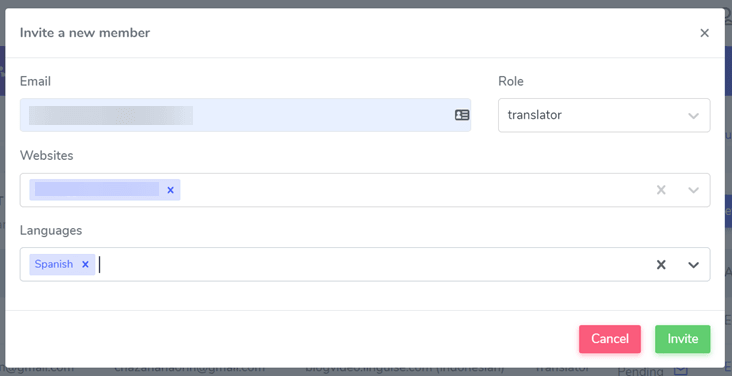
Each translator can be given access rights to translate several languages at once. If the translator has accepted the invitation, then he will get access to the Linguise dashboard with customized features.
Exclude text with global translation exclusion
Do you want to exclude words like brand names or technical words that are left intact? Use the translation exclusion rules feature in Linguise. This feature allows you to exclude certain words, sentences, and paragraphs on the page.
These features are divided into several of them as follows. Each type has its own function, for complete usage, you can check the ignore text rules: exclude text from translation.

Image and link translation
Not only content that you have to translate but images and links in your content, because this will have an impact on SEO. In order for SEO to be well optimized, one of which is images and links must be translated into all languages.
Linguise provides a feature to translate image links and external links contained in content. This feature can be used in all versions of the Linguise package, you can find it on the Linguise dashboard then select Translation > Media and external links.
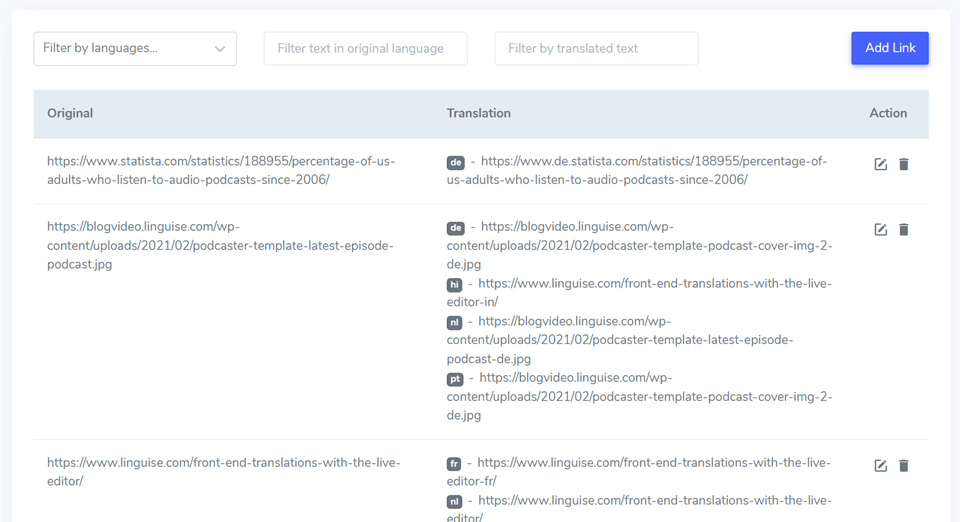
You can read more about how to translate media and external links at the following link, how to translate images and links on your website.
Subscribe to Linguise to translate educational websites
The free trial version can only be used for 1 month, after that you must choose a package to continue the subscription. Linguise offers 3 types of packages for both monthly and yearly.
Each of these packages has the same features, it’s just that there is a difference in the limit of translated words. The larger the scale of your educational website, then choose a large translation package too, so that your needs are met
START
- INCLUDED IN 1st MONTH FREE TRIAL
- 200 000 translated words
- Unlimited translated page views
- Unlimited languages
- 1 website per plan with one month free
PRO
- INCLUDED IN 1st MONTH FREE TRIAL
- 600 000 translated words
- Unlimited translated page views
- Unlimited languages
- 1 website per plan with one month free
LARGE
- ACCESSIBLE WITH SUBSCRIPTION
- UNLIMITED translated words
- Unlimited translated page views
- Unlimited languages
- 1 website per plan
Translate your educational website for now with Linguise!
Translating an educational website into at least five languages has many benefits. Some of the main reasons include expanding reach, increasing inclusivity, facilitating learning for non-native English speakers, meeting the needs of international students, increasing SEO and visibility, demonstrating cultural sensitivity, encouraging collaboration and knowledge exchange, and gaining a competitive advantage.
Linguise is a service that can help translate educational websites automatically into various languages quickly. This service offers features such as translation into 85 languages, multilingual SEO support, live editor on the front page of the site, additional translators, global text translation exceptions, image and link translation, and various subscription packages that can be tailored to the needs of your educational website.

